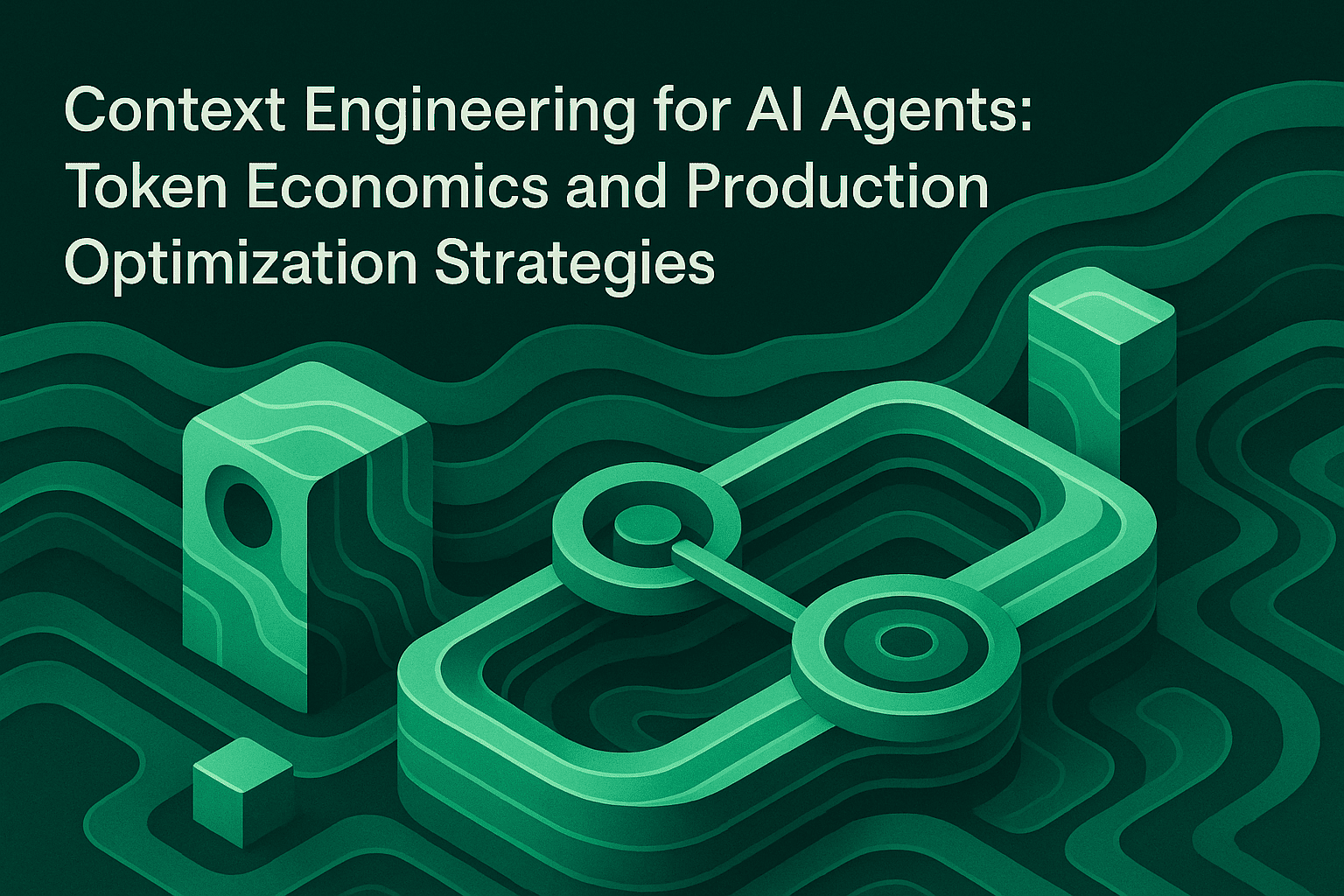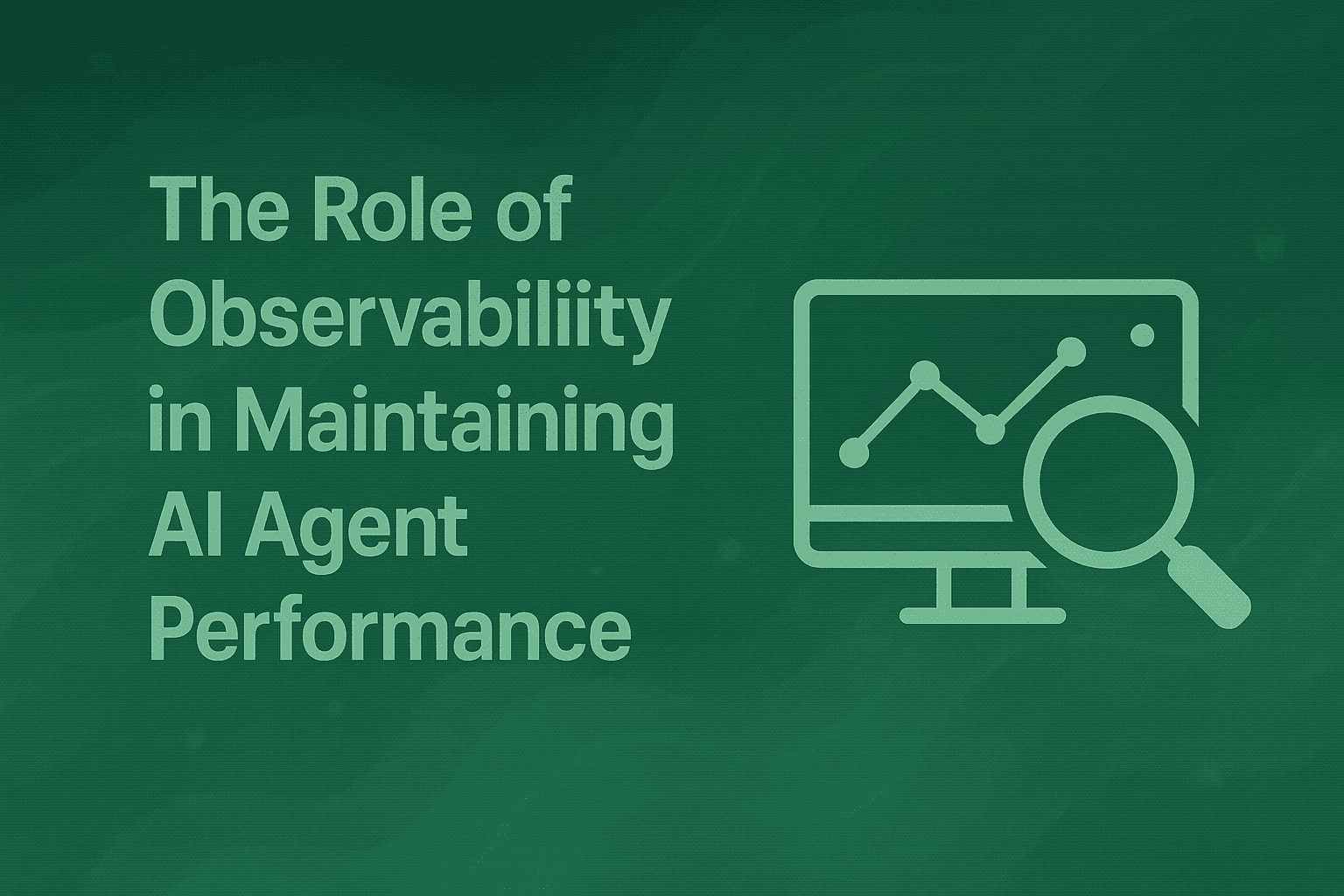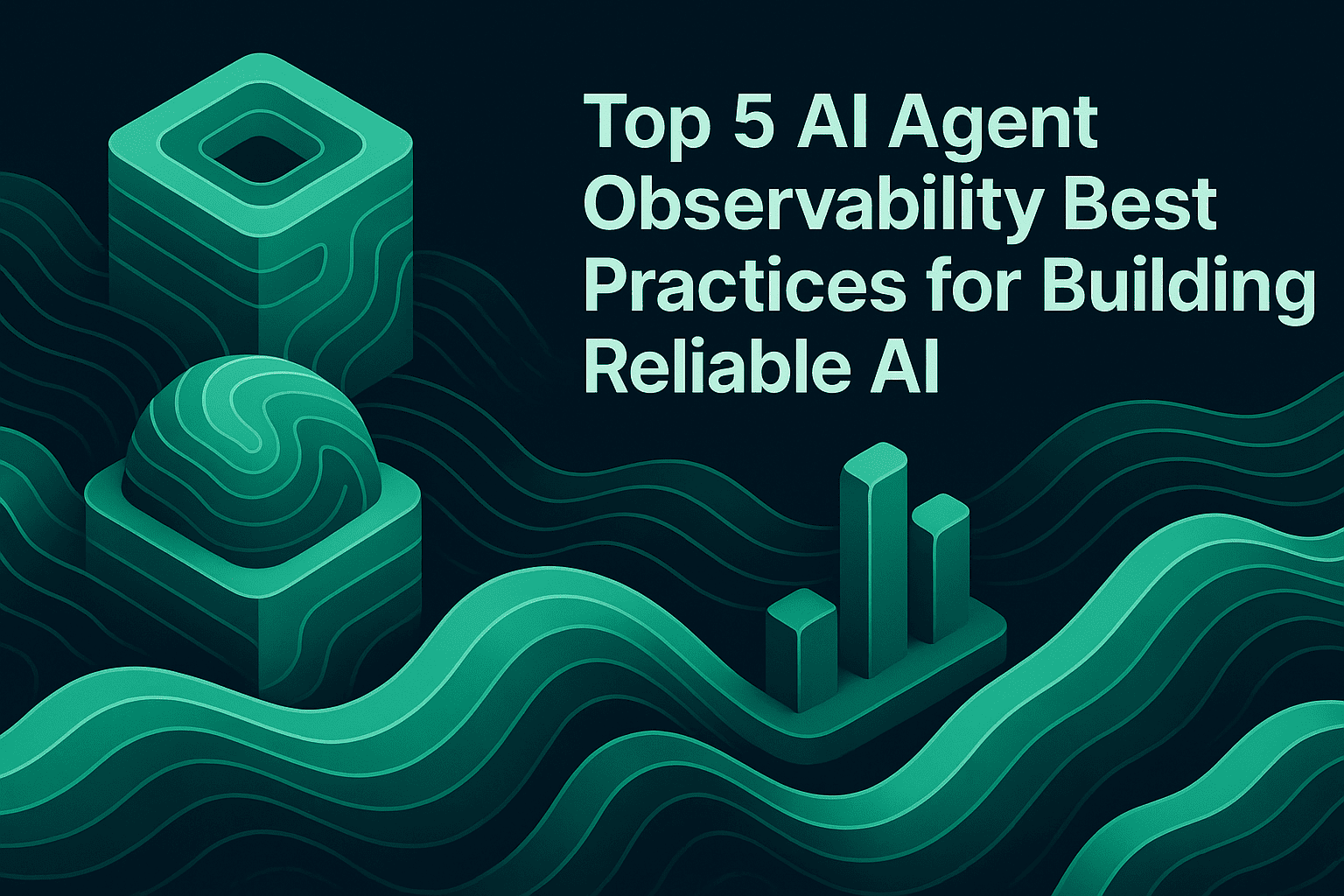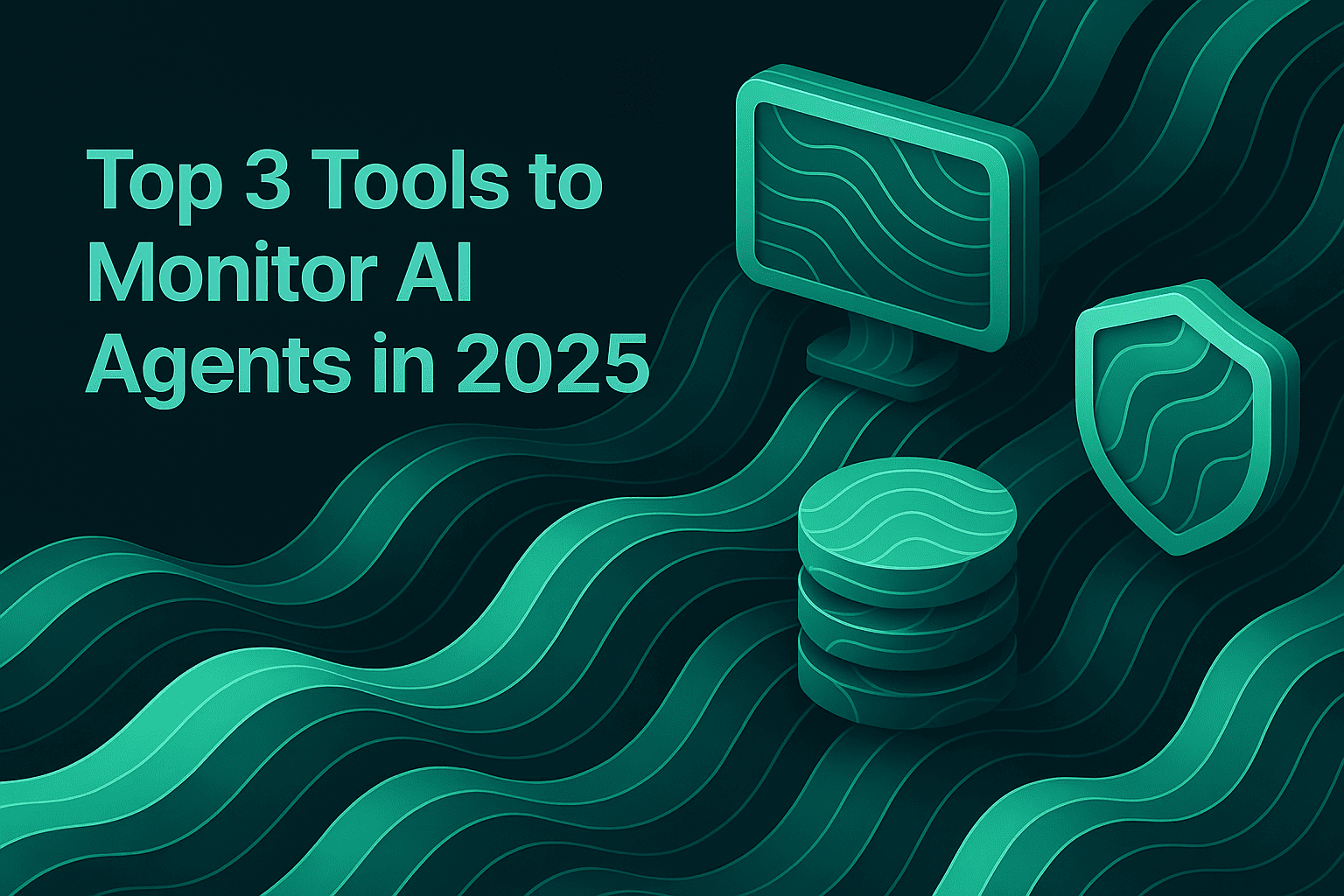Context Engineering for AI Agents: Token Economics and Production Optimization Strategies

Context management represents the most significant operational cost factor in production agent systems. Recent research from Chroma on context rot demonstrates that even GPT-4's performance degrades from 98.1% to 64.1% accuracy based solely on how information is structured within the context window. For teams deploying agents at scale, inefficient context engineering directly translates to inflated API costs, degraded performance, and unpredictable system behavior.
This guide examines the engineering principles required to optimize context utilization in production agent applications. We analyze token economics, establish context lifecycle management strategies, and provide actionable optimization techniques backed by production data and academic research.
Token Economics: Understanding the Real Cost of Context
The financial implications of context management extend beyond simple token counting. Understanding the full economic model helps teams make informed architectural decisions.
Input-Output Ratio Economics
Production agents typically consume 100 tokens of context for every token generated. This 100:1 input-output ratio fundamentally shapes the economics of agent applications. According to IBM Research on context windows, processing costs scale quadratically with context length due to the transformer architecture's attention mechanism.
Consider a customer service agent processing a support conversation with 15 turns. Each turn averages 200 tokens of user input plus 150 tokens of agent response. Without context optimization, the agent maintains the entire conversation history in context:
Turn 1: 200 input tokens
Turn 5: 1,750 accumulated context tokens (350 × 5 previous turns)
Turn 10: 3,500 accumulated context tokens
Turn 15: 5,250 accumulated context tokens
At $0.01 per 1K input tokens and $0.03 per 1K output tokens, this single conversation generates approximately $0.07 in API costs. For systems processing 10,000 conversations daily, unoptimized context management costs $700 per day or $255,000 annually.
Implementing basic context compression reduces context by 60% without information loss. The same system now costs $102,000 annually, a savings of $153,000 through engineering optimization alone.
Cache Economics and Hit Rates
Prompt caching provides 10x cost reduction for cached tokens. However, cache effectiveness depends on context stability and hit rates. Understanding cache economics requires analyzing context patterns:
Static Context Components: System instructions, tool descriptions, and base knowledge remain constant across requests. These components achieve 95%+ cache hit rates, making them ideal candidates for caching.
Semi-Static Context: User profiles, preferences, and session data change infrequently. Cache hit rates range from 60-80% depending on session duration and user behavior patterns.
Dynamic Context: Real-time data, current conversation turns, and tool outputs change with every interaction. These components achieve 0-20% cache hit rates and should not be cached.
Production systems should structure context to maximize caching of static components while minimizing cache pollution from dynamic content. Agent debugging capabilities become essential for identifying which context components qualify for caching based on actual usage patterns.
Token Allocation Strategy
Effective context engineering requires strategic token budget allocation across context components. Research from Google DeepMind on long context windows shows that models maintain optimal performance when critical information appears early in context.
Allocate your token budget using this framework:
System Instructions (10-15% of budget): Core behavioral guidelines, safety constraints, and operational parameters. These tokens have disproportionate influence on agent behavior and justify premium allocation.
Tool Context (15-20% of budget): Tool descriptions, parameters, and usage examples. As demonstrated by the Berkeley Function-Calling Leaderboard, model performance degrades significantly with poor tool context management.
Knowledge Context (30-40% of budget): Retrieved information, user data, and domain knowledge required for the current task. This dynamic allocation varies based on task complexity.
History Context (20-30% of budget): Conversation history and previous interactions necessary for continuity. This component grows over time and requires active management.
Buffer Reserve (10-15% of budget): Emergency capacity for unexpected context expansion during execution. Production systems without buffer capacity fail catastrophically when context exceeds limits.
Context Lifecycle Management in Production Agents
Context management is not a static configuration but a dynamic process requiring active lifecycle management throughout agent execution.
Context Initialization and Bootstrapping
Every agent session begins with context initialization that establishes the foundational state for all subsequent operations. Poor initialization leads to context fragmentation and compounding errors.
Production agents should implement structured initialization:
class AgentContextManager:
def __init__(self, user_id: str, session_id: str):
self.context_budget = 32000 # tokens
self.used_tokens = 0
self.context_layers = {
"system": self._load_system_context(),
"tools": self._load_tool_context(),
"user": self._load_user_context(user_id),
"session": self._initialize_session_context(session_id),
"history": []
}
def _load_system_context(self) -> dict:
"""Load static system instructions optimized for caching."""
return {
"instructions": self._get_cached_instructions(),
"safety_guidelines": self._get_cached_safety_rules(),
"token_count": 2400
}
def _load_tool_context(self) -> dict:
"""Load tool descriptions with dynamic filtering."""
available_tools = self._get_available_tools()
relevant_tools = self._filter_tools_by_session_context(available_tools)
return {
"tools": relevant_tools,
"token_count": len(relevant_tools) * 150 # avg tokens per tool
}
def _load_user_context(self, user_id: str) -> dict:
"""Load user profile and preferences."""
profile = self._fetch_user_profile(user_id)
return {
"profile": self._compress_profile(profile),
"preferences": profile.preferences,
"token_count": 800
}
This structured approach provides clear token accounting and enables agent tracing to identify initialization inefficiencies.
Context Evolution During Execution
As agents execute tasks, context grows through tool calls, user interactions, and information retrieval. Without active management, context degrades through three mechanisms:
Context Bloat: Accumulated tool outputs and intermediate results consume increasing token budget. A research agent performing 20 web searches accumulates 40,000+ tokens of raw search results, exceeding most context windows.
Context Fragmentation: Information scatters across conversation history, making retrieval difficult. The agent must scan thousands of tokens to locate specific facts, degrading both performance and accuracy.
Context Staleness: Historical information becomes outdated but remains in context, introducing contradictions. An e-commerce agent maintaining product availability from 30 minutes ago provides incorrect information when inventory changes.
Production systems require active context evolution strategies:
Incremental Summarization: Compress older conversation turns while preserving critical information. After every 5 turns, summarize previous interactions into 200-token digests that maintain continuity without full verbatim history.
Reference-Based Storage: Store large outputs externally and maintain only references in context. When a tool returns 5,000 tokens of data, store it with a unique identifier and keep a 100-token summary in active context.
Relevance-Based Pruning: Dynamically remove context that no longer influences agent behavior. User profile data relevant during greeting becomes unnecessary during task execution.
Context Compaction and Compression
Research on context rot from Chroma demonstrates that performance degradation accelerates beyond 30,000 tokens. Production agents should implement automatic compaction when context utilization exceeds 70% of available budget.
Compaction strategies must preserve information recoverability:
def compact_context(self) -> dict:
"""Compress context while maintaining recoverability."""
# Identify compaction candidates
history_tokens = sum(msg["tokens"] for msg in self.context_layers["history"])
if history_tokens > 0.7 * self.context_budget:
# Compress older messages
cutoff_index = len(self.context_layers["history"]) // 2
old_messages = self.context_layers["history"][:cutoff_index]
# Generate summary with key facts
summary = self._generate_summary(old_messages)
# Store full messages externally
archive_id = self._archive_messages(old_messages)
# Replace with compressed version
self.context_layers["history"] = [{
"type": "summary",
"content": summary,
"archive_ref": archive_id,
"tokens": len(summary.split()) * 1.3 # estimate tokens
}] + self.context_layers["history"][cutoff_index:]
return {
"compressed": True,
"tokens_freed": history_tokens - len(summary.split()) * 1.3,
"archive_reference": archive_id
}
This approach achieves 70-80% token reduction while maintaining full information recovery through archive references. Teams can analyze compaction effectiveness using agent monitoring to track compression ratios and recovery frequency.
Strategic Context Allocation Techniques
Beyond basic lifecycle management, production agents require sophisticated allocation strategies that adapt to task complexity and execution patterns.
Dynamic Tool Context Management
The Berkeley Function-Calling Leaderboard demonstrates that every model performs worse when presented with excessive tools. A quantized Llama 3.1 8B model fails completely with 46 tools but succeeds with 19 tools, despite having sufficient context capacity for all 46.
Production systems should implement dynamic tool filtering:
class DynamicToolManager:
def __init__(self, all_tools: List[Tool]):
self.all_tools = all_tools
self.tool_usage_history = {}
def select_relevant_tools(self, task_context: str, max_tools: int = 15) -> List[Tool]:
"""Select most relevant tools based on task and usage patterns."""
# Semantic relevance scoring
tool_scores = {}
for tool in self.all_tools:
relevance = self._compute_semantic_relevance(tool.description, task_context)
usage_weight = self.tool_usage_history.get(tool.name, 0) / 100
tool_scores[tool.name] = relevance + usage_weight
# Select top-k tools
selected_tools = sorted(
self.all_tools,
key=lambda t: tool_scores[t.name],
reverse=True
)[:max_tools]
return selected_tools
def _compute_semantic_relevance(self, tool_desc: str, task_context: str) -> float:
"""Compute embedding similarity between tool and task."""
tool_embedding = self._get_embedding(tool_desc)
task_embedding = self._get_embedding(task_context)
return cosine_similarity(tool_embedding, task_embedding)
This technique reduces tool context from 6,900 tokens (46 tools × 150 tokens) to 2,250 tokens (15 tools × 150 tokens), a 67% reduction. The performance impact is minimal because irrelevant tools contribute noise rather than signal.
Hierarchical Context Structuring
Complex agents benefit from hierarchical context organization that mirrors information importance. Research on long-context performance from Google shows that models exhibit recency bias, paying disproportionate attention to recent context.
Structure context hierarchically:
Tier 1 (Highest Priority): Current task objective, immediate constraints, and active tool outputs. These tokens receive maximum model attention and should appear latest in context.
Tier 2 (Medium Priority): Recent conversation history (last 3-5 turns), user preferences relevant to current task, and active session state.
Tier 3 (Lower Priority): Historical summaries, background knowledge, and reference information that may inform decisions but does not drive immediate actions.
Tier 4 (Archive): Detailed historical data stored externally with retrieval on demand. This information does not consume context budget until explicitly needed.
Production agents should restructure context at each turn to maintain this hierarchy, ensuring critical information remains accessible despite growing context.
Retrieval-Augmented Context Management
For knowledge-intensive agents, retrieval-augmented generation (RAG) provides context management through selective information loading. However, production RAG systems face retrieval quality challenges documented in research on multi-technique retrieval approaches.
Implement multi-strategy retrieval:
Semantic Search: Embedding-based similarity for conceptual queries. Effective for finding thematically related content but struggles with precise factual lookup.
Keyword Search: BM25 or exact matching for specific terms. Critical for retrieving precise facts, product codes, or technical specifications.
Graph Traversal: Relationship-based retrieval for connected information. Essential for questions requiring multi-hop reasoning across related entities.
Production systems should combine retrieval strategies based on query characteristics. A customer service agent answering "What's my order status?" requires keyword search for order ID extraction, then graph traversal to fetch related shipping and payment data, then semantic search for relevant policies.
RAG evaluation capabilities enable teams to measure retrieval quality across strategies and optimize the combination for their specific use case.
Context Quality Metrics and Validation
Production context engineering requires quantitative metrics to measure effectiveness and detect degradation. Unlike traditional software metrics, context quality combines performance, cost, and behavioral dimensions.
Token Efficiency Metrics
Context Utilization Rate: Percentage of context budget actively used. Optimal range is 60-80%. Below 60% indicates over-provisioning, above 80% risks capacity limits.
Context Utilization = (Used Tokens / Available Tokens) × 100
Information Density: Unique information per token consumed. Higher density indicates effective compression and deduplication.
Information Density = Unique Facts Extracted / Total Context Tokens
Compression Ratio: Token reduction achieved through summarization and offloading while maintaining information recovery capability.
Compression Ratio = Original Tokens / Compressed Tokens
Production agents should maintain compression ratios of 3:1 to 5:1 for historical context and 10:1 to 20:1 for tool outputs. Agent observability platforms provide automatic calculation and trending of these metrics across production traffic.
Context Coherence Validation
Beyond token metrics, context quality depends on semantic coherence and logical consistency. Context degrades through contradictions, outdated information, and fragmented narratives.
Contradiction Detection: Identify statements in context that logically conflict. An agent maintaining both "order shipped" and "awaiting payment" exhibits context contradictions requiring resolution.
Freshness Validation: Tag context elements with timestamps and validate against freshness requirements. Financial data over 1 hour old should trigger refresh in trading agents.
Narrative Continuity: Ensure conversation flow remains coherent across context compaction. Summarization should preserve causal relationships and temporal ordering.
Implement automated validation:
class ContextValidator:
def validate_context(self, context: dict) -> dict:
"""Run comprehensive context quality checks."""
validation_results = {
"contradictions": self._detect_contradictions(context),
"staleness": self._check_freshness(context),
"continuity": self._verify_narrative_continuity(context),
"token_efficiency": self._calculate_efficiency(context)
}
# Trigger alerts for critical issues
if validation_results["contradictions"]:
self._alert_context_inconsistency(validation_results["contradictions"])
return validation_results
def _detect_contradictions(self, context: dict) -> List[dict]:
"""Use NLI models to identify contradictory statements."""
statements = self._extract_factual_statements(context)
contradictions = []
for i, stmt1 in enumerate(statements):
for stmt2 in statements[i+1:]:
if self._are_contradictory(stmt1, stmt2):
contradictions.append({
"statement1": stmt1,
"statement2": stmt2,
"confidence": self._contradiction_confidence(stmt1, stmt2)
})
return contradictions
Agent debugging capabilities enable teams to trace context validation failures back to the specific operations that introduced contradictions or stale data.
Production Monitoring and Optimization with Maxim AI
Context engineering effectiveness becomes measurable only through comprehensive production monitoring. Teams require visibility into context utilization patterns, cost trends, and quality metrics across real user traffic.
Real-Time Context Observability
Agent observability provides end-to-end visibility into context lifecycle from initialization through compaction. Production monitoring should capture:
Token Flow Analysis: Track token allocation across context components over time. Identify which components consume disproportionate budget and whether allocation matches actual utilization.
Compaction Trigger Patterns: Monitor when and why compaction occurs. Frequent compaction indicates undersized context budgets or inefficient allocation strategies.
Cache Hit Rates: Measure caching effectiveness for different context components. Low cache hit rates suggest context instability requiring architectural changes.
Context-Related Failures: Detect failures caused by context issues like capacity limits, contradictions, or missing information. Production systems should distinguish context failures from other error categories.
Maxim's distributed tracing captures the complete context state at every agent step, enabling teams to replay executions and identify optimization opportunities. The platform automatically calculates token efficiency metrics and highlights problematic patterns.
Quality-Cost Tradeoff Analysis
Context optimization requires balancing quality against cost. Aggressive compression reduces token consumption but risks information loss. Conservative strategies maintain quality but increase operational expenses.
Production teams should establish quality-cost frontiers:
High Quality, Higher Cost: Maintain full conversation history, extensive tool context, and detailed knowledge. Appropriate for high-value interactions like sales or complex support.
Balanced Quality-Cost: Implement standard compression, dynamic tool filtering, and hierarchical context. Suitable for most production use cases.
Cost-Optimized, Acceptable Quality: Aggressive compression, minimal tool context, and just-in-time retrieval. Used for high-volume, low-complexity interactions.
Agent evaluation enables teams to measure quality across different context configurations. Run simulations with varying compression ratios, tool counts, and retrieval strategies to identify the optimal configuration for your quality requirements and budget constraints.
Context Optimization Workflow
Systematic context optimization follows a measurement-analysis-implementation-validation cycle:
Measurement Phase: Deploy instrumentation to capture token utilization, costs, and quality metrics across production traffic for 1-2 weeks. Establish baseline performance and identify optimization opportunities.
Analysis Phase: Use agent monitoring to identify high-impact optimization targets. Focus on operations consuming excessive tokens, frequent context overflows, and quality degradation patterns.
Implementation Phase: Deploy optimizations incrementally, testing each change in isolation. Common optimizations include dynamic tool filtering, hierarchical context restructuring, and improved compression algorithms.
Validation Phase: Measure impact using agent simulation to ensure optimizations improve cost without degrading quality. A/B test new configurations against baseline performance.
Implementation Roadmap for Production Context Engineering
Teams building production agents should implement context optimization incrementally, prioritizing high-impact changes that deliver immediate cost savings or quality improvements.
Phase 1: Foundation
Establish context accounting and basic monitoring infrastructure. Without measurement capabilities, optimization attempts operate blindly.
Implement Token Tracking: Add instrumentation to measure token consumption across context components. Track per-request token usage, cache hit rates, and context utilization.
Deploy Observability: Integrate agent tracing to capture context state at each execution step. Enable context debugging capabilities for production issues.
Establish Baselines: Collect 1-2 weeks of production data to understand current token consumption patterns, costs, and quality metrics. Identify outliers and problem areas.
Quick Wins: Implement basic optimizations requiring minimal engineering effort:
- Enable prompt caching for static components
- Remove obvious redundancies in system instructions
- Compress verbose tool descriptions
- Set context capacity limits to prevent runaway usage
These changes typically deliver 20-30% cost reduction with no quality impact.
Phase 2: Structural Optimization
Implement architectural improvements that fundamentally change context utilization patterns.
Dynamic Tool Management: Deploy tool filtering based on task relevance. Start conservatively with 80% of tools enabled, gradually reduce to 50% as confidence in filtering improves.
Hierarchical Context: Restructure context to prioritize critical information. Implement the four-tier hierarchy described earlier with active tier management.
Compression Infrastructure: Build summarization and external storage capabilities. Enable automatic compaction when context utilization exceeds 75%.
Retrieval Optimization: For RAG-based agents, implement multi-strategy retrieval combining semantic, keyword, and graph approaches.
Measure impact using agent evaluation across representative scenarios. These optimizations deliver 40-60% cost reduction while maintaining or improving quality.
Phase 3: Advanced Optimization
Deploy sophisticated techniques requiring custom implementation and careful validation.
Predictive Context Allocation: Use machine learning to predict token requirements based on task characteristics. Allocate budgets dynamically rather than using fixed limits.
Context Quality Validation: Implement automated consistency checking, contradiction detection, and freshness validation. Build remediation workflows for detected issues.
Multi-Agent Context Isolation: For complex agents, isolate context across sub-agents to prevent cross-contamination. Coordinate context synchronization only when necessary.
Continuous Optimization: Establish feedback loops that automatically adjust context strategies based on production performance. Use A/B testing infrastructure to validate changes.
These advanced techniques deliver incremental improvements of 10-20% beyond structural optimizations while significantly improving reliability.
Conclusion: Context Engineering as Competitive Advantage
Context engineering represents a fundamental capability for teams deploying production agent systems. The difference between naive context management and optimized strategies amounts to:
- 60-80% reduction in operational costs through efficient token utilization
- 15-30% improvement in task completion rates through better information organization
- 50-70% decrease in context-related failures through proactive management
- 3-5x improvement in response latency through caching and compression
Teams that master context engineering gain significant competitive advantages through lower costs, higher quality, and faster iteration cycles. As agents handle increasingly complex tasks with longer interactions, context optimization becomes more critical rather than less important.
Start your context optimization journey with comprehensive monitoring and measurement. You cannot optimize what you cannot measure. Maxim AI provides end-to-end capabilities for context observability, quality evaluation, and production monitoring that enable teams to systematically improve context engineering.
Ready to optimize your agent's context management and reduce costs while improving quality? Get started with Maxim AI to access comprehensive agent observability, evaluation, and monitoring tools that help you ship reliable AI applications faster and more cost-effectively.


